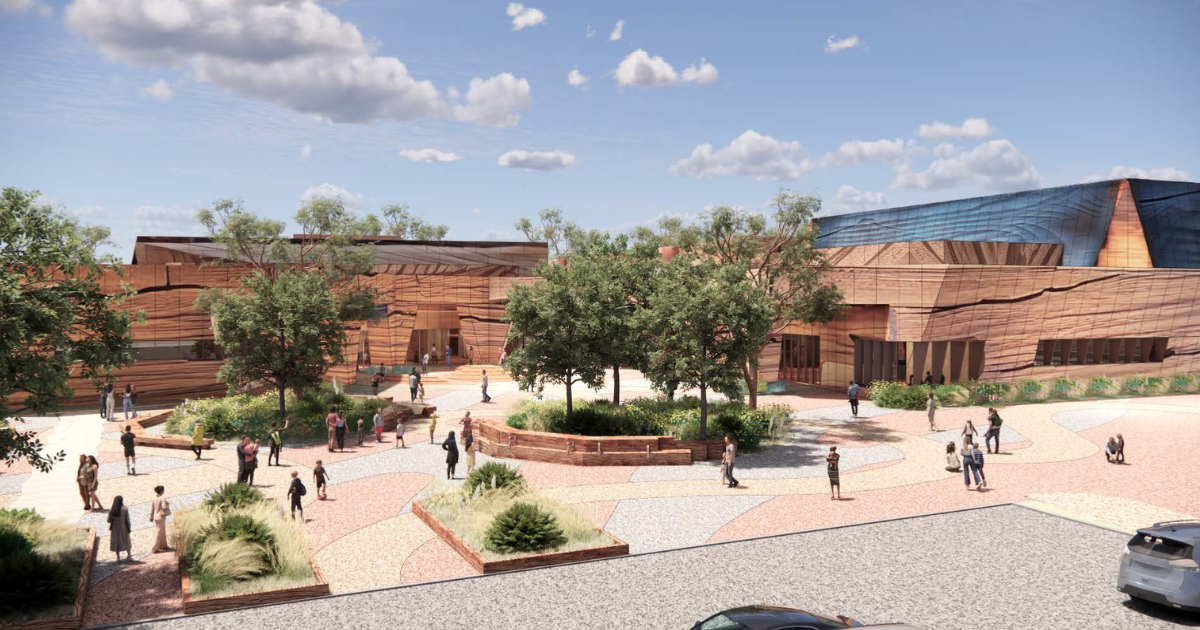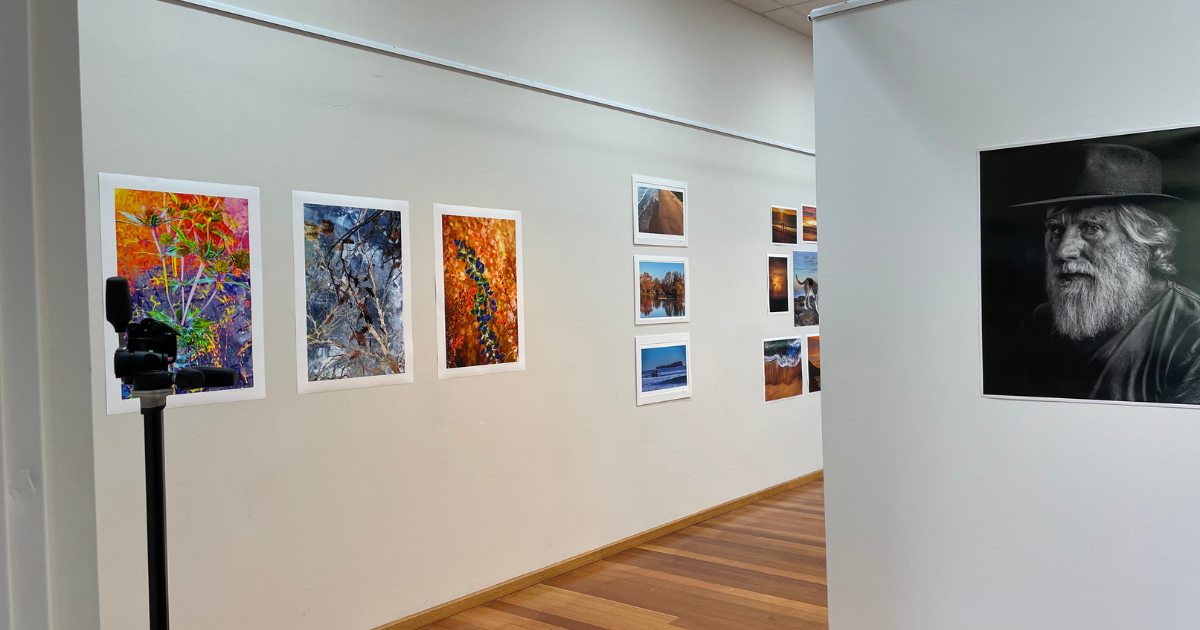Queenscliff holds favour
THE quaint harbour town of Queenscliff is unique in many ways.
Firstly, due to being landlocked from urban sprawl, the population has stayed relatively unchanged or slightly declined over the last 10 years, as the dominant holiday home owners and residents hold on tightly to their little piece of this historic town.
Secondly, being one of the oldest settlement along this coastline, the town is steeped in history with some magnificent historic buildings now permanently protected through heritage orders.
These include some grand hotels and former hotels, the popular tourist attraction of Fort Queenscliff and the nearby Black Lighthouse, which was made from stones cut and numbered in Scotland in 1863 and shipped to Queenscliff.
In a local quirk, Queenscliff is also spelt Queencliffe when referring to the municipal authority being the Borough of Queenscliffe, the boundary of which includes most of Point Lonsdale, which is what the additional “e” signifies.
The borough is an anomaly when compared to the other 78 councils in Victoria as it is the smallest by area and population, and has so far survived attempts to have it absorbed into a larger municipality, although there is still talk of a Greater Bellarine council, which could break away from the city and include the borough, something which would certainly create much controversy.
Although Queenscliff is well known as a holiday location, it was not always so, and it has achieved this status over time.
The first European to live in the area was William Buckley, an escaped convict who lived with the local Wathaurong people from 1802 to 1835.
It was not until 1836 that permanent settlements began with the arrival of squatters in Whale Head, today known as Shortland’s Bluff.
The first recorded sale of land began in 1853, and it was the year that Queenscliff got the name it has, after Lieutenant Charles La Trobe renamed it in honour of Queen Victoria.
Although it was originally a fishing village, Queenscliff turned into a crucial cargo port, docking steamships trading at the nearby Port Philip.
By 1879 a railway line from South Geelong was opened to service Fort Queenscliff but the Queenscliff line was closed by the Victorian Railways in 1976.
The section between Drysdale and Queenscliff was regauged in 1980 by the Geelong Steam Preservation Society to create The Bellarine Railway, a heritage service that is now one of the major tourist attractions on the Bellarine.
Today, Queenscliff has a relatively dormant resident population of 2,904 according to the latest ABS figures, who make up 46.3 per cent of landowners. Still dominated by non-resident landowners, Queenscliff’s population swells significantly on weekends and holiday periods with these numbers also boosted by an established port precinct that connects the borough to the Mornington Peninsula.
The median house price is reported to be $735,000 for the June quarter, with the tightly held property market resulting in limited stock coming to market.
Fletchers Real Estate’s Charles Caldwell said they had found that the majority of the buyers coming to Queenscliff are from Melbourne and are in the main, aged in their 50s and 60s and semi-retired.
“They are buying now and spending 50 per cent of their time here and in Melbourne,” Mr Caldwell said.
“Generally, their plan is once they fully retire, they will sell their Melbourne property and move down here permanently. Stock levels of available properties to sell are presently very low, and the volume of buyers is considerably greater than previous years, it certainly is a great time for home owners looking to sell.”


















